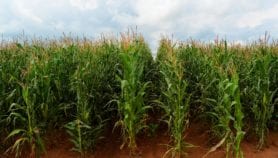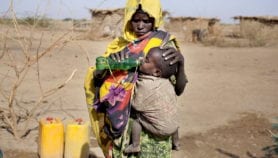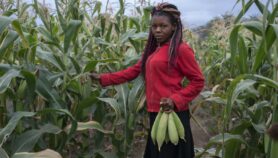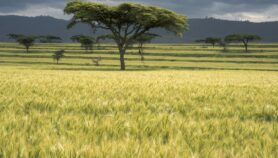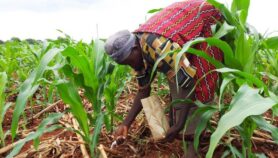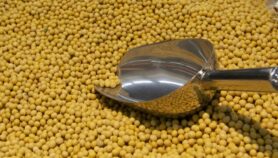15/09/22
Africa’s food imports bill ‘could double by 2030’
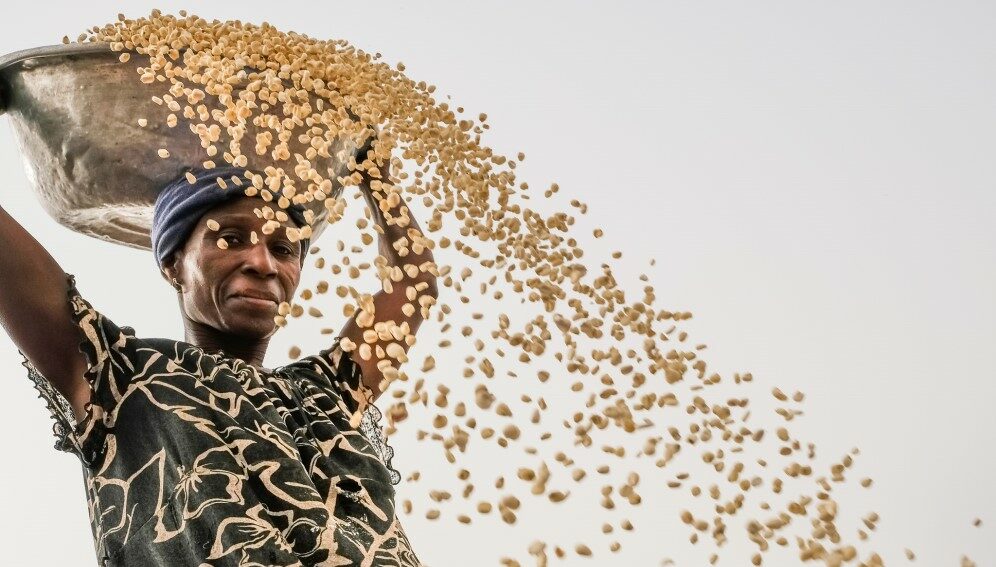
By: Gilbert Nakweya
Send to a friend
The details you provide on this page will not be used to send unsolicited email, and will not be sold to a 3rd party. See privacy policy.
[KIGALI] The cost of Africa’s annual food imports could go from US$50billion to US$110 billion by 2030 if urgent actions to increase food production are not implemented, food experts have said.
Launching the 2022 Africa Agriculture Status Report at the Africa Green Revolution Forum summit in Rwanda last week (6-9 September), experts urged governments, the private sector and development partners to work together to accelerate transformation of agrifood systems which they said were out of step with goals to eliminate hunger and poverty by 2030.
According to the report, Africa needs about US$40 – US$70 billion investment from the public sector and another US$80 billion from the private sector annually to sustain food production on the continent.
“There is good consensus on where Africa should go to meet food security targets,” said Edward Mabaya, a research professor at the US-based Cornell University and a technical editor of the report.
“We need accountability from players to unlock the potential of agriculture in Africa.”
Edward Mabaya, Cornell University
“There is a lot happening to improve agricultural productivity in Africa. However, this is not happening fast enough to meet agrifood system transformation needed on the continent.”
According to the report, published by the Alliance for a Green Revolution in Africa (AGRA), African governments need to invest in generating data and evidence to inform their response to the external shocks affecting food production in Africa.
The report adds that the success of the continent’s food systems transformation efforts is anchored in effective coordination, accountability and financing, designed at a local level.
It explains that rapid population growth is fueling the demand for food. Between 2017 and 2050, the populations of 26 African countries are predicted to at least double in size, while the rural population of Sub-Saharan Africa is expected to rise by 53 per cent.
“Africa faces a dilemma: if it is not able to raise yields sufficiently to satisfy this burgeoning demand from existing farmland, it will need to convert much of its remaining forests and natural grasslands into farmland … and/or become much more dependent on the global market for its food supplies,” says the report.

AGRA president Agnes Kalibata said that African food production was increasing, citing the example of maize in southern Africa. But she said the challenge was transporting food to where it is needed.
“The food crisis happening is majorly because of the discrepancies in our food systems,” said Kalibata.
She believes that the continent has the capacity to produce sufficient food but that this is being underutilised. Wheat production at two to five tonnes per hectare instead of four to seven tonnes per hectare in most African countries means food demands are going unmet, she said.
She urged African countries to ensure regional and continental trade to enhance access to markets, a factor she said accelerates production along with access to farm inputs.
“We need accountability from players to unlock the potential of agriculture in Africa,” Mabaya told SciDev.Net, adding that African governments should be held to account for commitments such as allocating ten per cent of national budgetary resources to agriculture, as envisaged in the Malabo Declaration.
Malabo Declaration is a commitment made by African heads of state in 2014 to provide effective leadership for specific goals by the year 2025, including ending hunger, tripling intra-African trade in agricultural goods and services, and enhancing the resilience of livelihoods and production systems.



He advocated for increased support to smallholder farmers in Africa to access high quality seeds and fertilisers, saying that less than 30 per cent are using improved seeds.
Gerardine Mukeshmana, Rwanda’s minister for agriculture and animal resources, said: “Africa remains poor because we don’t invest in the right sectors, [including] education and agriculture.”
She called for better transport infrastructure and food storage facilities to enhance access to markets and reduce post-harvest losses.
This piece was produced by SciDev.Net’s Sub-Saharan Africa English desk.








